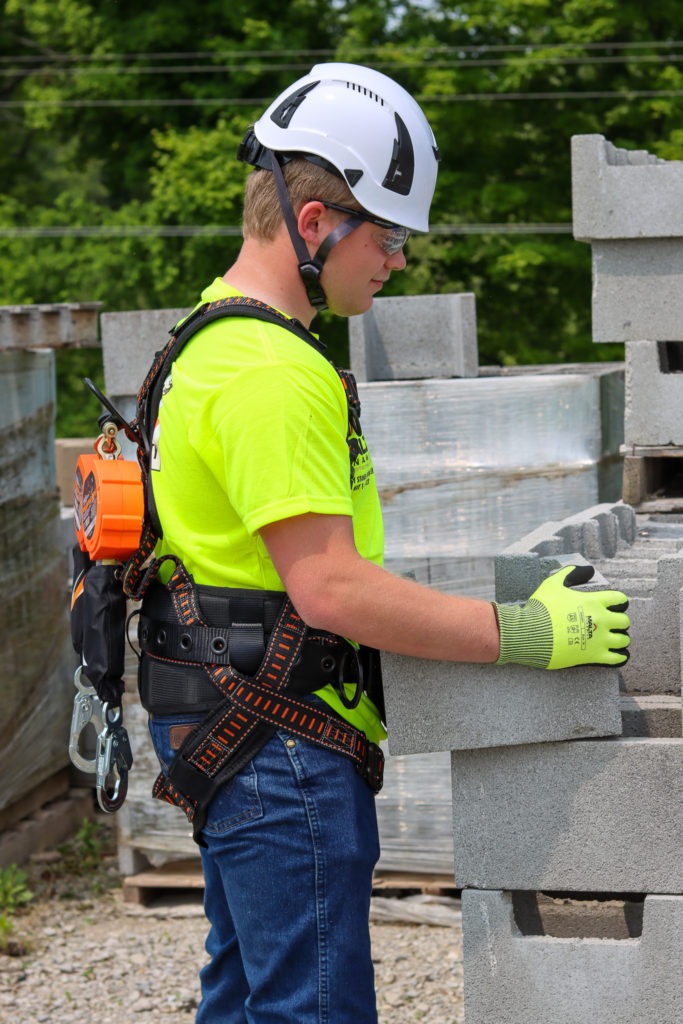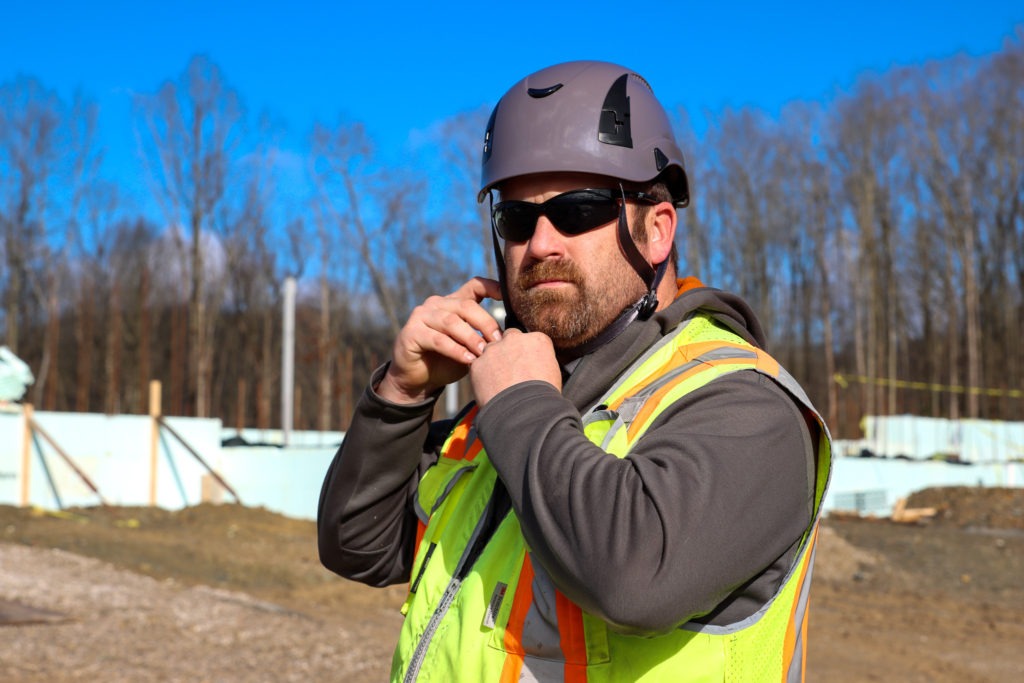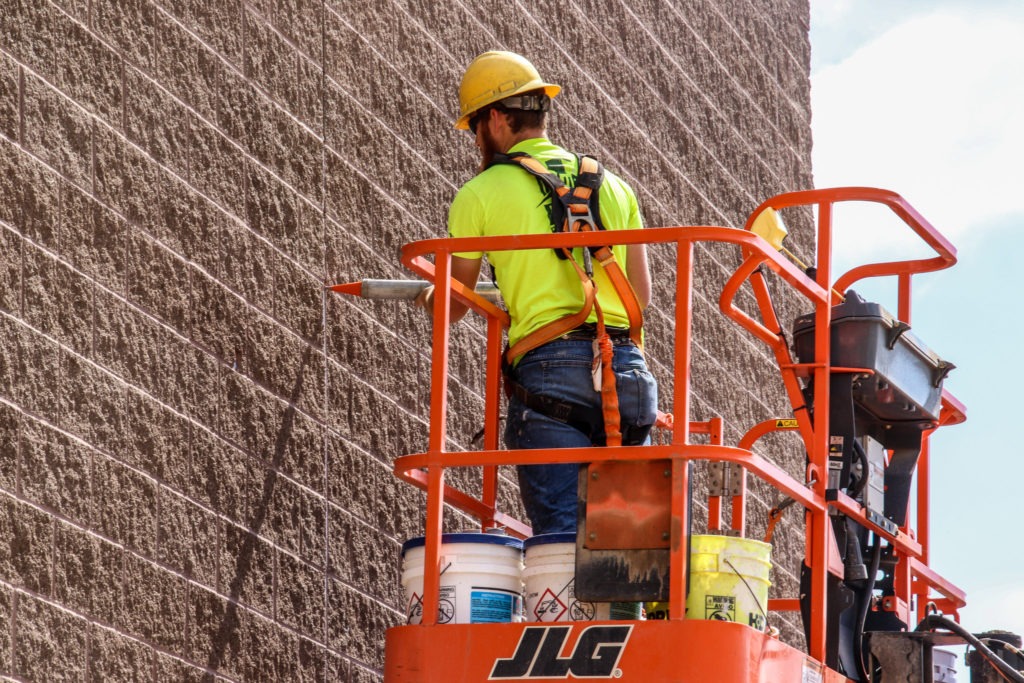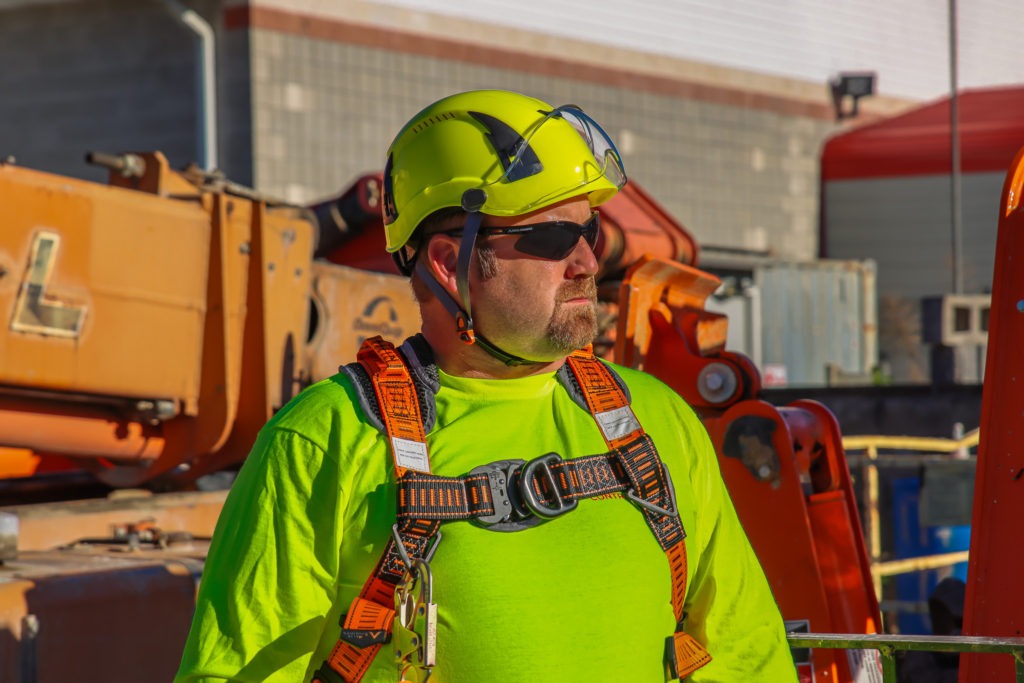Sponsored By
Words: David Ivey
Photos: Malta Dynamics
One of the biggest unsung success stories of the past few decades has been the widespread improvement in worksite safety in the U.S. According to the Occupational Safety and Health Administration (OSHA), worker injuries and illnesses have declined by 75% in the past 50 years—down from 10.9 incidents per 100 workers in 1972 to just 2.7 incidents per 100 workers in 2020.

Much of the credit for this improvement lies in the adoption of personal protective equipment (PPE), especially in the transportation, material moving, extraction, and construction occupations that account for nearly half of workplace fatalities today. Safety vests and helmets, fall protection, protective gloves, foot protection, safety eyewear and face protection, and hearing protection are now standard-issue at virtually any worksite.
The statistics make it plain: PPE saves lives. Thankfully, many workers now reflexively reach for their PPE whenever they begin work. It has become an automatic habit for them, much like buckling a seatbelt. But there is still room for improvement because some workers find PPE uncomfortable or a hassle to wear, and so they resist using the PPE made available to them.
Employers can help to remove some of this resistance by the choices they make when purchasing PPE for their workers. The default option for some employers is to buy the required PPE as cheaply as possible, but is it worth paying a bit more to invest in premium PPE, and what are the advantages?
Premium PPE refers to personal protective equipment that includes extra features above and beyond those required by current law. These often include features that improve comfort for the wearer, such as extra padding, or add customizations like adjustable sizing. These extra features may cost a little more, but the investment can pay off in several ways.
Some premium PPE is simply built to last. These items may include extra layers or be made thicker, stronger, or using higher quality materials. The benefit here is that although you pay more to purchase them up front, they last longer and need to be replaced less often. This makes the most sense with items that see heavy everyday use like masks, gloves, safety helmets, or harnesses.

Another benefit to premium PPE is that it not only addresses the safety regulations of today, but it potentially can satisfy even higher standards that may be on the horizon. Given the success of regulations requiring basic PPE, we can expect other safety protocols to follow suit in areas such as fall protection and hazardous materials handling and storage. Investing now in premium PPE that exceeds the current standards offers you some insurance against having to upgrade these items later.
Finally, premium PPE can be considerably more comfortable. Premium PPE products may include extra padding or ways to semi-customize them, such as straps that are easy to adjust to help them fit each worker just right.
Comfort may be the most overlooked factor when choosing PPE because it isn’t required, and some consider it a luxury. And it’s true that no law requires a full-body harness to have extra leg or shoulder padding. But it’s not hard to imagine how a lack of padding or poor fit could make such a harness distracting and uncomfortable to wear around all day. Being uncomfortable makes it that much easier for a worker to justify not wearing it, which defeats the purpose of buying the PPE in the first place.

Employers can listen to and observe workers to look for signs of discomfort with their PPE. This could take the form of overt verbal complaints (“This thing is uncomfortable.”) or present itself as workers constantly adjusting or repositioning their PPE while on the job—or worse, not wearing it at all. These are all signs that basic PPE may not be the optimal solution.
Choosing PPE with premium features that make it more comfortable and fit better encourages everyday use without a second thought. Workers with comfortable PPE are more likely to use it more often, think about it less while working, and work seamlessly and as quickly as they would without it.
Forming an automatic habit has been the formula for success with basic PPE, so providing premium PPE could be the key to continuing the trend toward reducing workplace injuries. Avoid equating “premium” with “luxury.” Premium PPE offers a return on your investment, whether in the form of product longevity, regulatory compliance, or worker adoption.
We’ve made great strides in the past few decades, and with continued work toward making PPE adoption universal, we can strive to eliminate preventable worker injuries.
About the Author
David Ivey is the Director of Supply Chain for Malta Dynamics, where he sources and maintains an ever-changing supply chain and warehouse. He has a background in mechanical engineering, specializing in manufacturing, product development, testing, and compliance of fall protection and safety products. For more information or with questions about OSHA compliance of PPE and fall protection systems, contact divey@maltadynamics.com.
Sources Cited
OSHA – https://www.osha.gov/data/commonstats
